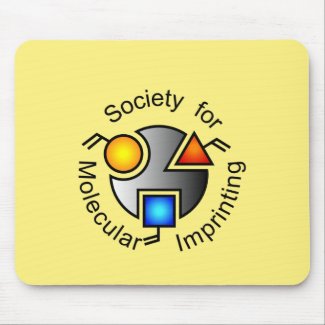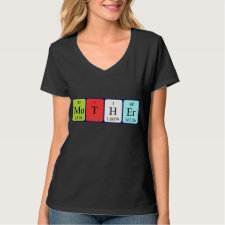
Authors: Kalogiouri NP, Pritsa A, Kabir A, Furton KG, Samanidou VF
Article Title: A green molecular imprinted solid-phase extraction protocol for bisphenol A monitoring with HPLC-UV to guarantee the quality and safety of walnuts under different storage conditions.
Publication date: 2021
Journal: Journal of Separation Science
Volume: 44
Issue: (8)
Page numbers: 1633-1640.
DOI: 10.1002/jssc.202001199
Abstract: Monitoring the residual toxicant concentrations in foods is the key step for minimizing potential hazards. The huge interest about food contamination and exposure to endocrine disruptors such as bisphenol A has emerged the development of sensitive analytical methodologies to guarantee the safety and quality of foods. In this work, a green molecularly imprinted solid-phase extraction protocol coupled with high-performance liquid chromatography with UV detection was optimized following the principles of green analytical chemistry. An imprinted sol-gel silica-based hybrid inorganic-organic polymeric sorbent was used to monitor the leaching of bisphenol A from different packaging materials (glass vessels, cans, and polypropylene containers) in walnuts stored within a period of 6 months at 25 and 4℃ . Extraction parameters including loading time (5-20 min), solvent type (acetonitrile, ethanol, methanol, acetone, acetonitrile:methanol, 50:50, v/v), and elution flow rate (0.2-1 mL/min) were optimized with one-factor-at-a-time method. The selected extraction optimum parameters incorporated elution with acetonitrile at 0.2 mL/min flow rate, for 10 min sample holding time. The imprinting factor was equal to 4.55 -¦ 0.26 (n = 3). The optimized method presented high recovery (94.3 -¦ 4.2%, n = 3), good linearity (>0.999), intra-assay repeatability (90.2-95.6%, n = 3), and interassay precision (86.7-93.1%, n = 3)
Template and target information: bisphenol A, BPA
Author keywords: bisphenol A, migration, Quality control, storage, walnuts



Join the Society for Molecular Imprinting

New items RSS feed
Sign-up for e-mail updates:
Choose between receiving an occasional newsletter or more frequent e-mail alerts.
Click here to go to the sign-up page.
Is your name elemental or peptidic? Enter your name and find out by clicking either of the buttons below!
Other products you may like:
 MIPdatabase
MIPdatabase









